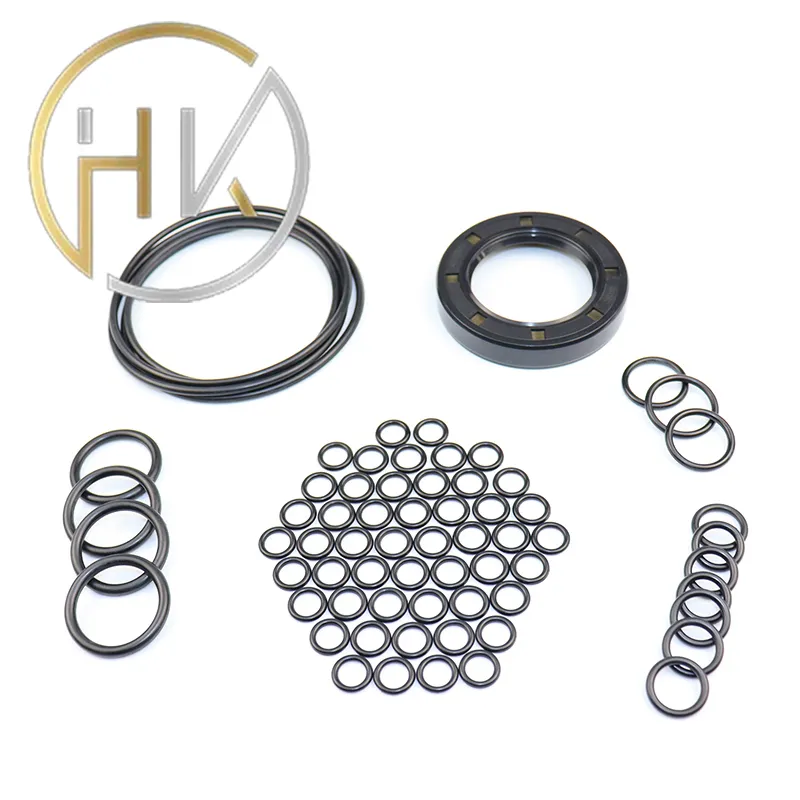nov . 15, 2024 10:53 Back to list
seal kit for pallet jack
Understanding Seal Kits for Pallet Jacks A Comprehensive Guide
Pallet jacks, also known as pallet trucks, are essential tools in the material handling industry, designed to lift and move pallets with ease. Like any mechanical equipment, pallet jacks require maintenance to ensure they operate efficiently and safely. One critical component of this maintenance is the seal kit. This article will delve into the importance of seal kits for pallet jacks, what they consist of, when to replace them, and how to maintain your pallet jack effectively.
What is a Seal Kit?
A seal kit is a collection of seals and gaskets designed to prevent fluid leakage in hydraulic systems, including those found in pallet jacks. The hydraulic system in a pallet jack is crucial, as it provides the necessary force to lift heavy loads. The seal kit typically includes cylinder seals, O-rings, and backup rings made from materials such as rubber, polyurethane, or other durable compounds resistant to wear and tear.
Importance of Seal Kits in Pallet Jacks
The primary function of a seal kit is to maintain the integrity of the hydraulic system. If seals are worn or damaged, it can lead to hydraulic fluid leakage, causing the pallet jack to lose lifting power. This not only makes the equipment less efficient but can also lead to more severe mechanical issues down the line. Furthermore, fluid leaks can create safety hazards in the workplace, as spilled hydraulic fluid may make surfaces slippery and increase the risk of accidents.
Signs You Need to Replace Your Seal Kit
Maintaining the hydraulic system means being aware of the signs that indicate a need for a seal kit replacement. Here are some common indicators
1. Hydraulic Fluid Leaks If you notice hydraulic fluid pooling under your pallet jack, it's a clear sign that the seals may be failing. 2. Lifting Issues If the jack struggles to lift loads or takes longer to elevate them, the hydraulic pressure may be compromised due to faulty seals. 3. Unusual Noises Sounds such as grinding or hissing when operating the jack can indicate air or fluid escaping from damaged seals. 4. Visible Damage Inspect the seals regularly for cracks, wear, or deformation, which are all signs that a replacement is necessary.
seal kit for pallet jack

How to Replace a Seal Kit
Replacing a seal kit on a pallet jack is a manageable task that can extend the life of the equipment. Here’s a step-by-step guide
1. Gather Tools You will need basic tools like wrenches, screwdrivers, and a new seal kit appropriate for your pallet jack model. 2. Disassemble the Jack Carefully disassemble the hydraulic cylinder by removing any nuts or bolts. Ensure you take precautions to avoid damaging other components. 3. Remove Old Seals Take out the old seals using a seal puller or a similar tool. Be gentle to avoid scratching the cylinder's surfaces. 4. Install New Seals Lubricate the new seals with hydraulic fluid before installation. This helps them slide into place more easily and ensures a proper seal. 5. Reassemble Carefully put the hydraulic cylinder back together, ensuring everything is tightened to the manufacturer’s specifications. 6. Test After reassembly, test the pallet jack with a load to ensure everything functions correctly and that there are no leaks.
Maintenance Tips for Prolonged Use
Regular maintenance is key to ensuring that your pallet jack operates smoothly. Here are a few tips
- Regular Inspections Check seals and general condition monthly. - Proper Cleaning Keep the pallet jack clean to prevent debris from interfering with moving parts. - Hydraulic Fluid Levels Regularly check and maintain appropriate hydraulic fluid levels to ensure optimal performance.
Conclusion
Investing in a quality seal kit and understanding how to maintain your pallet jack can significantly enhance its lifespan and performance. Keeping an eye out for signs of wear and replacing seals as needed is vital not only for the jack’s functionality but also for safety in the workplace. By being proactive in your maintenance efforts, you can ensure that your pallet jack continues to be a reliable tool in your operation.
-
TCN Oil Seal Metal Ring Reinforcement for Heavy Machinery
NewsJul.25,2025
-
Rotary Lip Seal Spring-Loaded Design for High-Speed Applications
NewsJul.25,2025
-
Hydraulic Cylinder Seals Polyurethane Material for High-Impact Jobs
NewsJul.25,2025
-
High Pressure Oil Seal Polyurethane Coating Wear Resistance
NewsJul.25,2025
-
Dust Proof Seal Double Lip Design for Construction Equipment
NewsJul.25,2025
-
Hub Seal Polyurethane Wear Resistance in Agricultural Vehicles
NewsJul.25,2025
-
The Trans-formative Journey of Wheel Hub Oil Seals
NewsJun.06,2025
Products categories
















